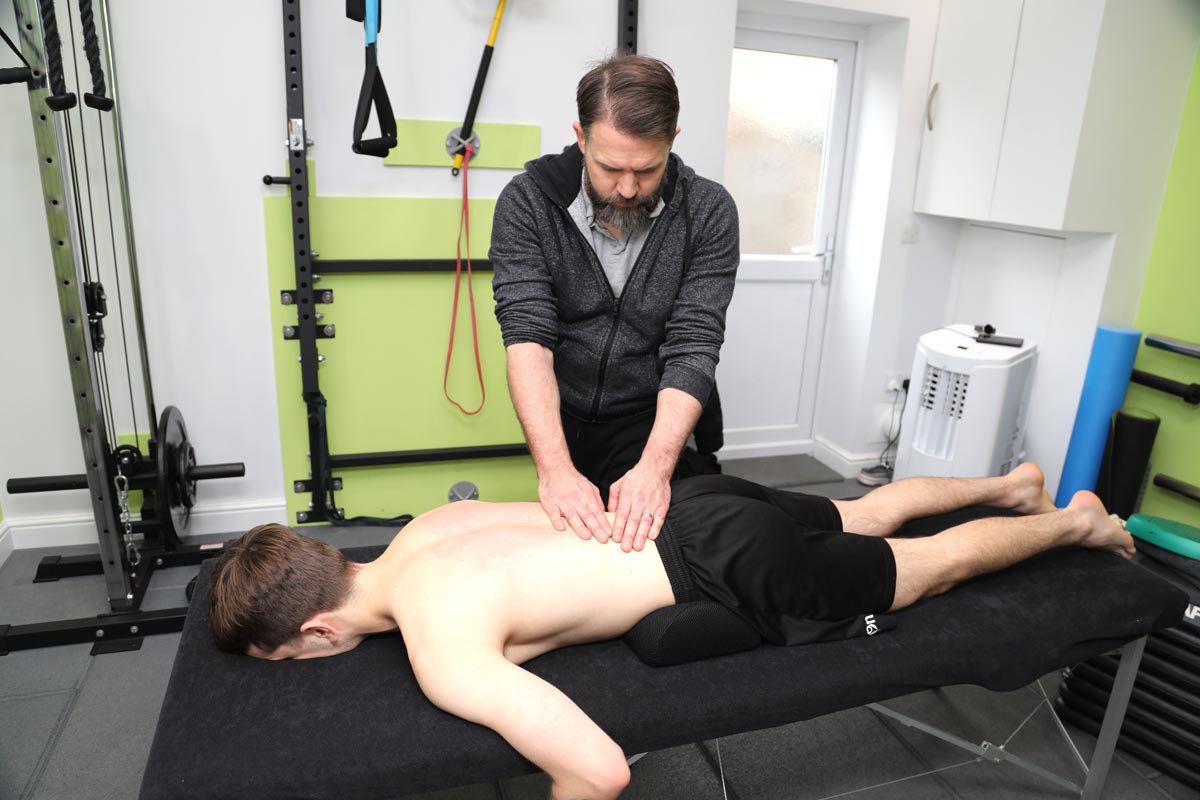
If you’ve ever wondered about the difference between sports massage and soft tissue therapy, you’re not alone. I often get asked this question as a soft tissue therapist, especially since soft
tissue therapy is a relatively new treatment for many people.
Sports Massage
Sports massage isn’t just for athletes; it’s accessible to everyone. While it supports the needs
of athletes and their sporting activities, it can also be part of a comprehensive training plan
designed to prevent injuries, enhance performance, and promote health in various aspects of
life, whether at work, at home, or during sports.
Therapists specialising in sports massage must evaluate tissue conditions, detect potential
injuries, and effectively treat sports-related injuries. In addition to traditional massage
techniques like effleurage and petrissage, they use advanced neuromuscular techniques that
help prevent and treat injuries and enhance performance.
Soft Tissue Therapy
Soft tissue therapy (STT) techniques can resemble sports massage but are often considered an
evolution. STT involves a thorough assessment process to determine whether it would be a
suitable treatment option. The therapist would create a treatment plan based on the client’s
presentation if deemed appropriate.
STT can safely assess and treat minor or chronic injuries caused by sports or other activities.
It positively impacts performance and health in various settings, including work, home, and
sports.
Key Difference
While sports massage and soft tissue therapy use similar techniques and achieve similar
results, soft tissue therapy is often more clinical. However, both forms of treatment aim to:
- Reduce muscle tension
- Increase blood circulation
- Promote tissue flexibility
- Support injury management
- Reduce stress and anxiety
- Improve sleep and body awareness
- Induce a parasympathetic state
- Improve breathing mechanics
At RTF, we use advanced techniques on top of standard soft tissue methods, including:
- Instrument-assisted soft tissue mobilisation
- Low-velocity, low-amplitude mobilisations
- High-velocity, low-amplitude thrusts to the spine
- Cupping techniques
- Various taping techniques
Conclusion
In summary, sports massage and soft tissue therapy are very similar, with soft tissue therapy
often being more clinical and addressing broader issues. Whether we call it soft tissue
therapy, manual therapy, or sports massage, the goal is to choose the appropriate intervention
based on the client’s needs and objectives.
At Remedial Therapy & Fitness, we believe in treating the person, not just the
injury. We recognise that individual differences require individualised treatment
plans. Whether recovering from an injury, managing chronic pain, or looking to enhance your
overall well-being, we’re here to help you achieve your goals.
Remedial Therapy and Fitness
